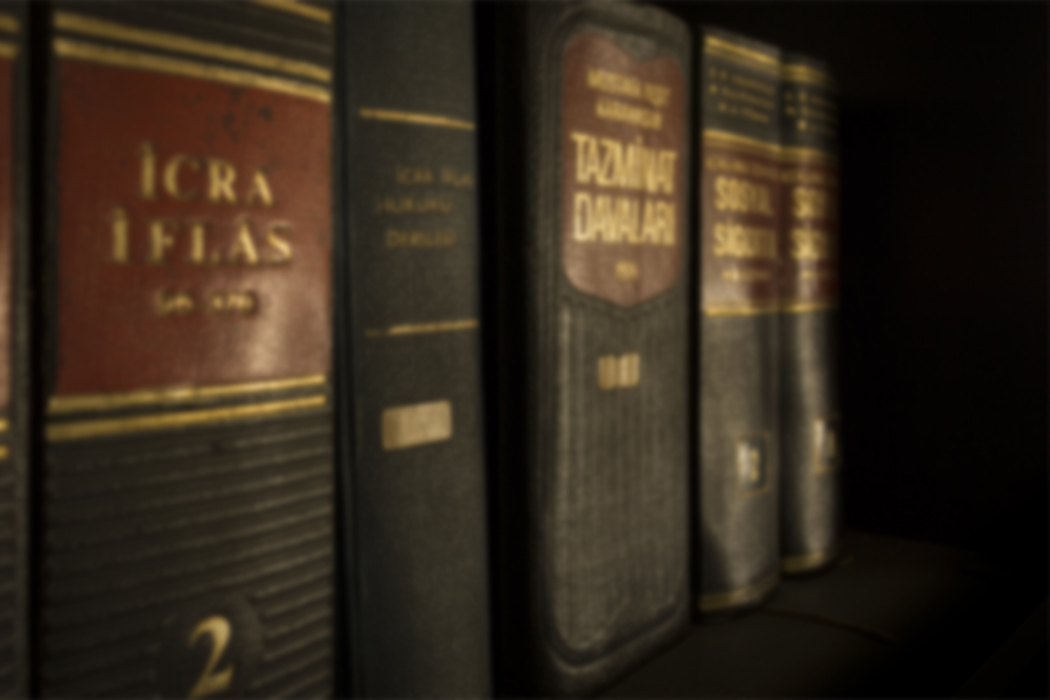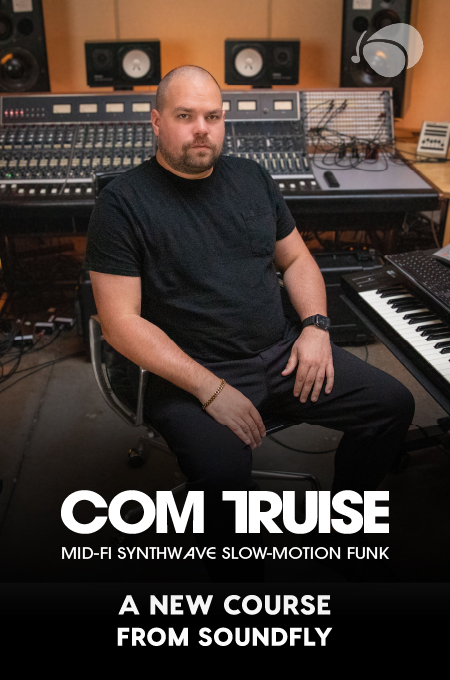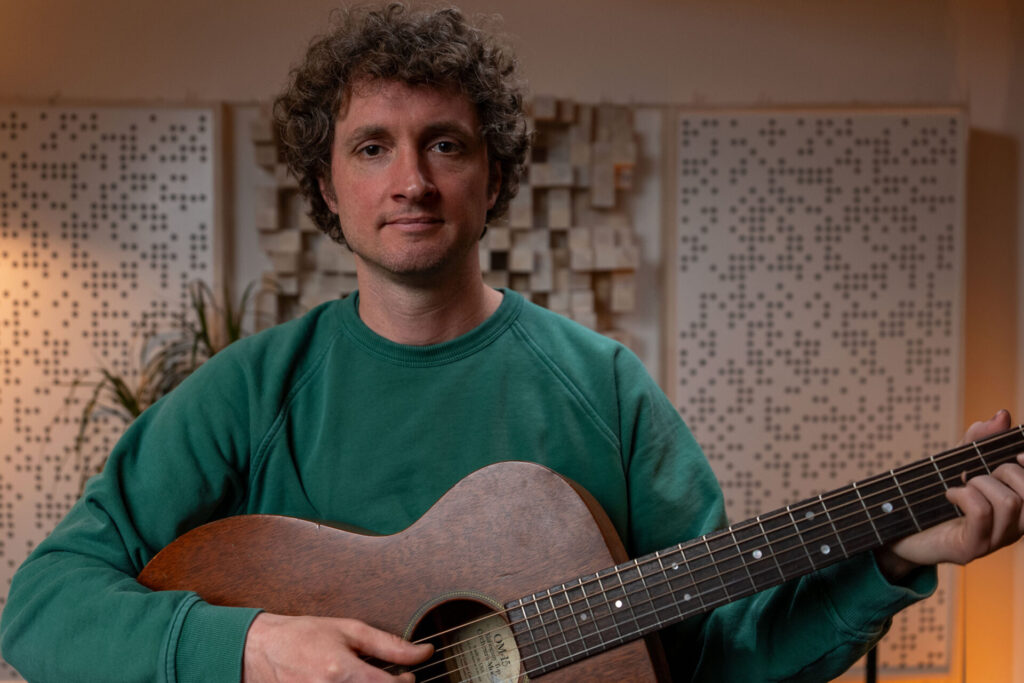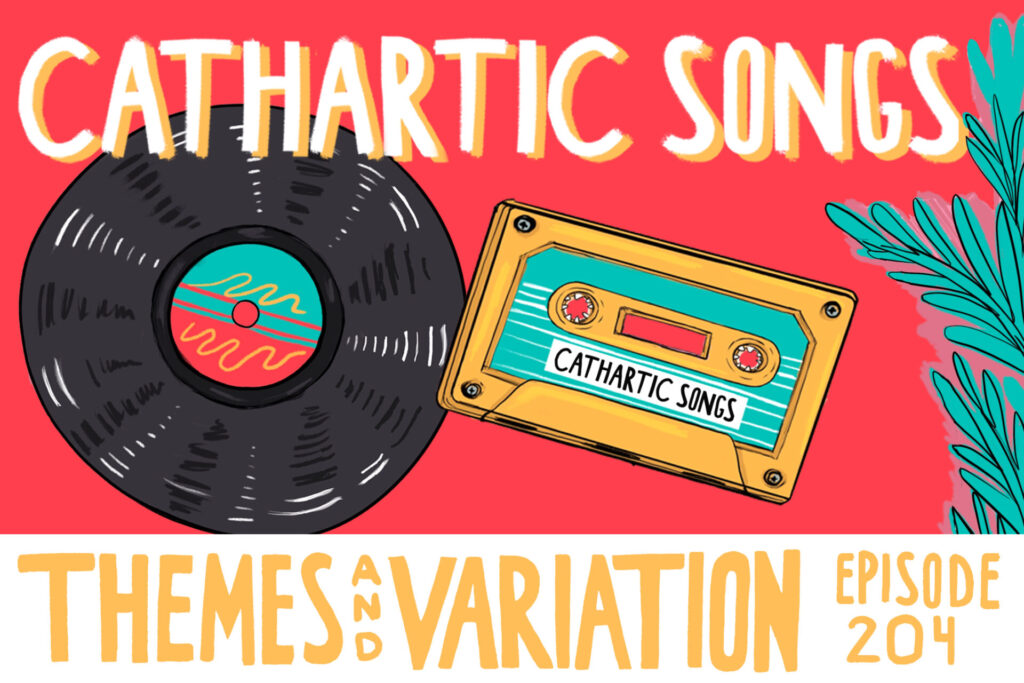
+ Improve your songwriting with Soundfly! Explore our range of courses on emotional chord progressions, basic songwriting technique, songwriting for producers, and many more. Subscribe for unlimited access here.
Late in the summer of 1976, as a matter of fact it was 42 years ago today, the man known as the “quiet Beatle” made quite a stir when he was convicted of “subconscious plagiarism” in the writing of his hit song “My Sweet Lord.”
What in the world is subconscious plagiarism, you ask? It’s complicated… It’s kind of oxymoronic. But we’ll get into all that in a minute; first let’s talk a little bit about this song of George Harrison’s, and we’ll get to why this case is still such a huge deal in the 20th century, maybe more so now than ever.
First, here’s the song. You’re gonna want to listen closely to this one.
Bright Tunes Music Corp. v. George Harrison
George Harrison might not have been the flashiest member of the Fab Four, but he was the first of the lot to score a #1 solo hit. In 1970, he released “My Sweet Lord” on the triple album All Things Must Pass. It was the highest-selling single in the U.K. in 1971 and it topped the charts in America, as well. He wrote the song to praise the Hindu deity Krishna and blended in the Hebrew word hallelujah in an effort to call upon listeners to abandon their religious differences. Harrison was quoted in an interview as saying the song “saved many a heroin addict’s life.”
But as the song exploded in popularity in the winter of 1971, not everyone was as happy as Harrison. The music publishing company Bright Tunes Music Corp. filed a plagiarism suit against Harrison in February of that year. They claimed that “My Sweet Lord” bore an uncannily striking resemblance to “He’s So Fine,” a song by the Bronx-based girl group, the Chiffons, written by Ronnie Mack, and published by Bright Tunes. So striking, in fact, that George had swiped it from them, or so they claimed.
There’s no doubt about it; the songs sound very similar. Can you hear it in the way the top line melody rides the chord progression?
Harrison admitted this much in his in his autobiography, I, Me, Mine. But there’s a significant difference between acknowledging your song sounds like another one and stealing material outright. It took five years for this lawsuit to go to trial, but once it did, a judge convicted Harrison of stealing major elements from the original song without knowing it.
The legal fallout took more than two decades to resolve. Payment wasn’t scheduled for another five years, when Harrison was ordered to pay a whopping sum of $1,599,987 for royalty damages. This was later reduced to $587,000 when Harrison’s former manager purchased Bright Tunes Music and negotiated the sale of the song back to Harrison. Litigation over the case finally wrapped up in 1998, making this skirmish over subconscious plagiarism one of the longest legal battles in music history.
+ Learn production, composition, songwriting, theory, arranging, mixing, and more — whenever you want and wherever you are. Subscribe for unlimited access!
What the heck is “subconscious plagiarism,” anyway?
This is where things get messy. The judge basically ruled that although Harrison didn’t mean to, he still took fundamental parts from “He’s So Fine” and incorporated them into “My Sweet Lord.” Harrison actually claimed that he based the melody off of a public domain hymnal called, “Oh Happy Day.” Here’s a gospel version of that song. You can certainly here an influence here, which would’ve been perfectly legal.
This is a much different case from Robin Thicke vs. Marvin Gaye’s family, because in the latter suit, lawyers representing Gaye’s family dug up interviews of Thicke actually talking about how much Gaye’s music inspired him. That sort of direct link, or any justifiable evidence for informed plagiarism, was never found between Harrison and the Chiffons… and yet he still lost the case. Without consciously committing a crime, Harrison heard “He’s So Fine” and turned it into a hit a decade later, the judge had declared. Subconscious plagiarism.
The problem is, the two songs are just so darn similar.
Well, at least the choruses are. Check out this fun overlay of the chorus and vamp of each tune here. When we play these two songs alongside each other, it almost sounds like “He’s So Fine” is a doo-wop cover of “My Sweet Lord.” Harrison’s is slower and more subdued — it’s a hippy worship tune (angelic backing vocals, gospel-style call and response) — whereas the Chiffons’ track is more conventional mid-century pop. The Chiffons also utilize a call-and-response in the chorus, albeit in a doo-wop style.
It’s not so much that the chord progressions are the same (the repeating pattern of G#m-C# to F#-D# is nearly identical between the two), the plagiaristic similarities are really stamped solid in Harrison’s arrangement. The more unique and iconically catchy the original arrangement, the more effort songwriters unfortunately need to make in order to distance their song from it.
So, what does it all mean?
Well, if you’re lucky enough, or famous enough, to have a hit song in the first place, congratulations. But someone is probably going to come along and say you swiped it from them. Luckily, writing a song as massive as Harrison’s or Thicke’s is next to impossible, so this is a problem most of us won’t ever have to experience, but if you do happen to find yourself in a situation like this, you’ve got a few options while you’re still in the writing phase.
Firstly, it always helps to understand a bit of music theory in order to find ways to switch crucial aspects of the harmony and melody so you don’t get caught between a rock and a hard place legally. Deepen your knowledge and understanding of theory with one of our two online courses, Unlocking the Emotional Power of Chords and The Creative Power of Advanced Harmony, in order to fully grasp the following options.
Secondly, if your song really is dangerously similar, you can opt to jump ship and work on something else. But if you really like the musical direction you’re going in, and want to preserve the originally intended musical ideas, we’d suggest slightly altering elements in the arrangement to give it a different “feel.” Especially look into changing the key signature or modulating keys in certain parts. You can always change the tempo to be farther from the original, yet as we’ve seen from the above, that doesn’t always work — so consider altering the rhythmic meter as well.
Lastly, you can always just bow down to the original artist entirely and redo your track as a “cover version” of the original. Check out our recent article on the basics of legally covering and sampling songs here.
Happy songwriting!
Want to get all of Soundfly’s premium online courses for a low monthly cost?
Subscribe to get unlimited access to all of our course content, an invitation to join our members-only Slack community forum, exclusive perks from partner brands, and massive discounts on personalized mentor sessions for guided learning. Learn what you want, whenever you want, with total freedom.





